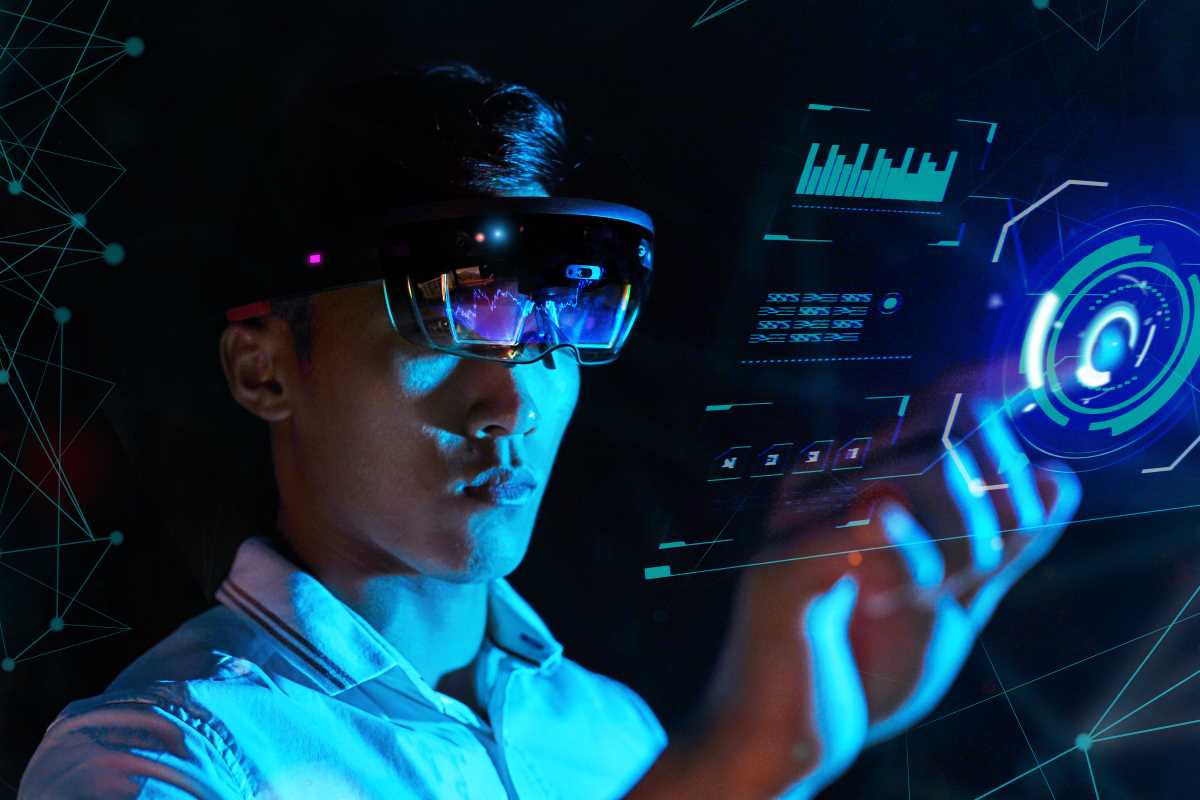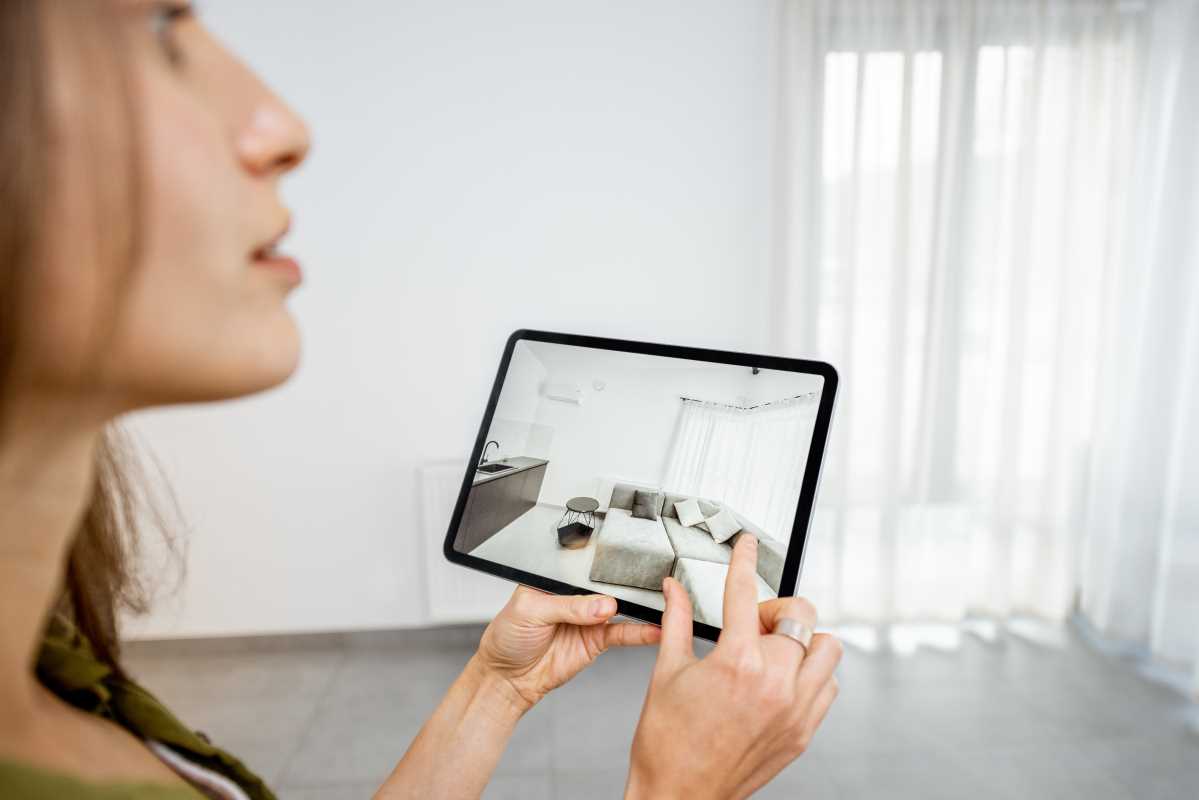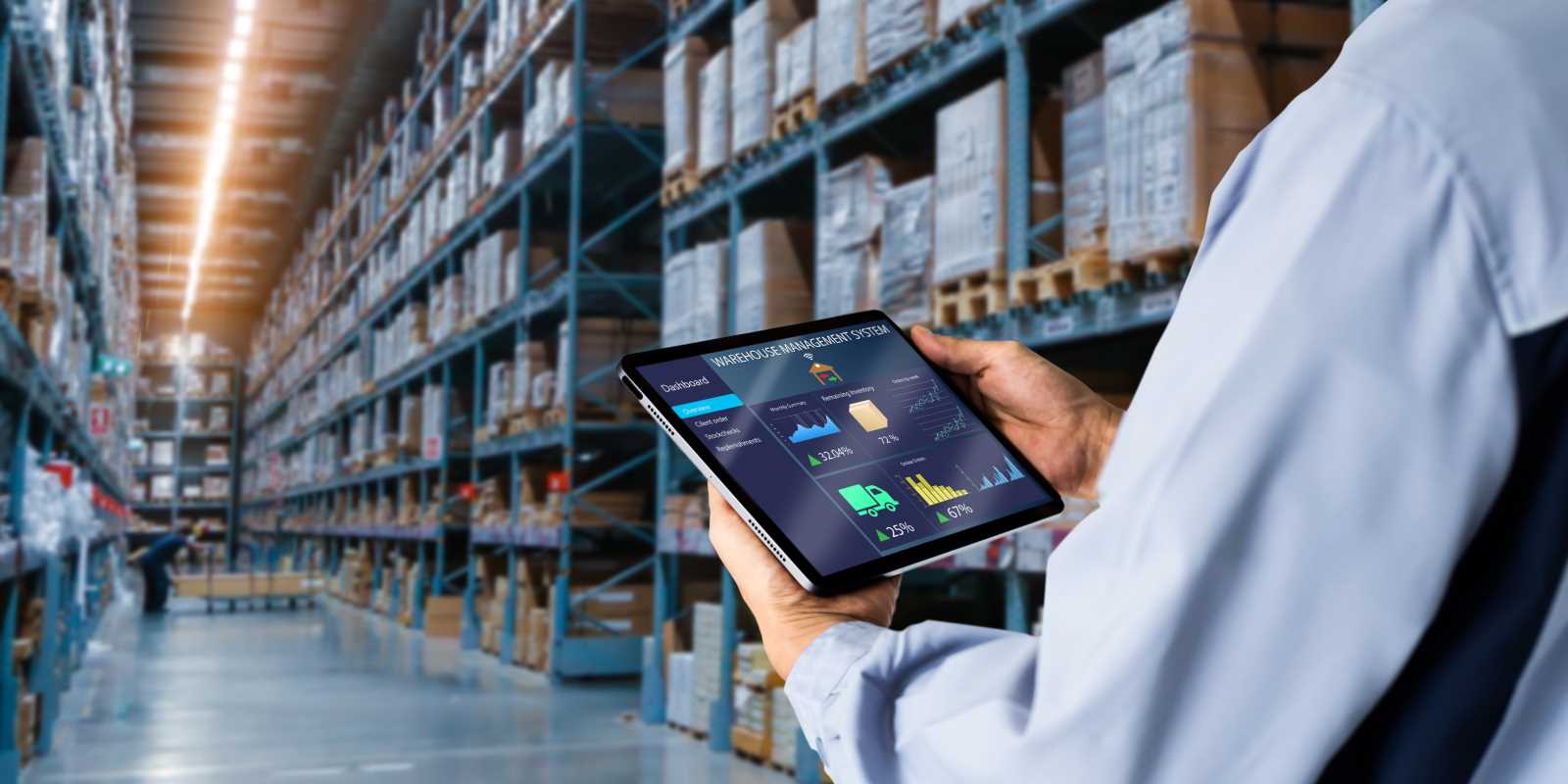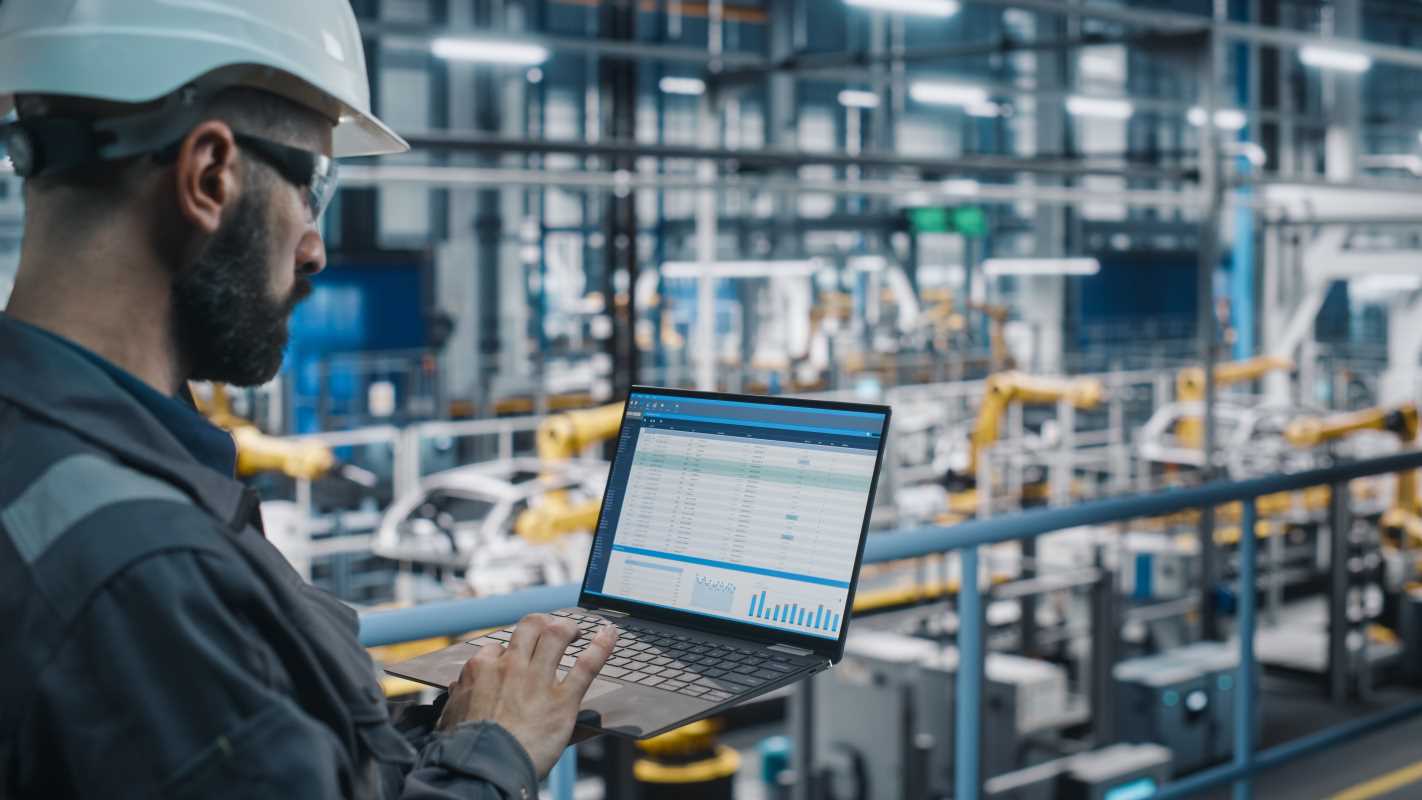Hands-on industrial training no longer depends entirely on being physically present in a facility, thanks to augmented reality. This technology allows learners to engage with interactive simulations that blend digital elements directly into their surroundings. Through these realistic scenarios, users connect theoretical concepts to everyday tasks and challenges in a safe, controlled environment. By using digital overlays, augmented reality creates an immersive experience that helps learners build skills and confidence before stepping onto the actual work floor. This approach not only makes training more accessible but also more engaging and efficient for everyone involved.
This innovative approach not only boosts engagement but also reduces travel and logistical expenses. Enhanced visualization capabilities and real-time feedback promote a more efficient learning process. Industries have improved their training methods by adopting *AR*, aiming to enhance on-site performance while decreasing critical downtime.
Core Technologies Behind AR in Industrial Training
The core technologies driving AR in industrial training include several key components. Developers employ advanced sensors, computer vision, real-time data analytics, and interactive display systems to build immersive environments that simulate challenging industrial scenarios. These technologies combine to produce realistic models that technicians can interact with remotely, offering a safe and cost-effective training ground.
Connectivity plays an essential role as high-speed internet ensures smooth synchronization between remote trainees and virtual modules. Cloud computing and edge processing support the heavy data transmission necessary to deliver live AR instructions. The result is a highly interactive experience that transforms traditional training into an engaging, digital exploration.
Leading AR Innovations and Platforms
Many platforms have emerged to shape remote industrial training using AR. These systems aim to simplify complex concepts and ensure that users gain practical knowledge in controlled but interactive environments. They provide customized training modules accessible from anywhere in the world, bridging the gap between remote locations and on-site expertise.
The following bullet points highlight some key players in the field:
- Augmented reality innovations deliver interactive training simulations for machinery maintenance and system troubleshooting.
- Vuforia technology supports highly accurate object recognition and tracking, allowing detailed overlay instructions and error-free training sessions.
- HoloLens provides a hands-free experience with holographic displays that immerse users in a virtual workspace, ideal for complex industrial procedures.
Benefits and Challenges of AR in Remote Industrial Training
Implementing AR in remote industrial training offers clear advantages. Trainees receive interactive, real-time assistance that changes traditional learning methods. By connecting theoretical knowledge with practical application, AR helps users understand complicated procedures more easily. The reduction in travel time and related expenses makes it an attractive choice for many organizations.
Despite its benefits, AR integration presents some challenges. Initial hardware investments, the need for regular software updates, and potential connectivity issues can increase implementation costs. Additionally, training all users to operate the technology remains an ongoing challenge. Successfully deploying AR depends on continuously addressing these limitations while keeping the system robust and user-friendly.
Real-World Applications of AR in Industry
AR has already paved the way for effective training in various industrial settings. Industries use this technology to conduct real-time simulations, enabling trainees to engage with realistic scenarios safely. Real-world examples demonstrate how AR bridges the gap between theoretical understanding and practical application. Companies have successfully used AR to reduce machine downtime and improve worker safety.
The following examples show how AR integrates into actual industrial practices:
- Remote troubleshooting for complex machine setups, where experts guide on-site technicians through overlays and visual aids.
- Interactive sessions for equipment assembly, allowing trainees to practice assembling parts virtually before handling the real hardware.
- Maintenance training modules that simulate repair procedures, helping trainees gain confidence in diagnosing and fixing technical issues.
Future Trends in AR for Remote Industrial Training
Looking ahead, AR solutions will become even more integrated with real-world operations. The next generation of AR devices will likely feature longer battery life, lighter designs, and more intuitive user interfaces. Developers plan to incorporate emerging technologies like AI-driven personalization, which customizes training sessions to each learner’s pace and style.
Industry experts anticipate that advancements will reduce latency issues further and improve security measures to protect data during training. These improvements will allow manufacturers and service providers to expand AR's use, making it a standard tool for industrial training. Future developments aim to make remote training more accessible and more effective in building operational skills.
The development of AR in remote industrial training offers a transformative way to learn and develop skills. The combination of interactive, immersive technologies promises a more engaging experience that speeds up understanding and operational readiness.
AR marks a significant shift toward smarter, safer, and more interactive industrial workspaces. This progress shows AR is here to stay.







